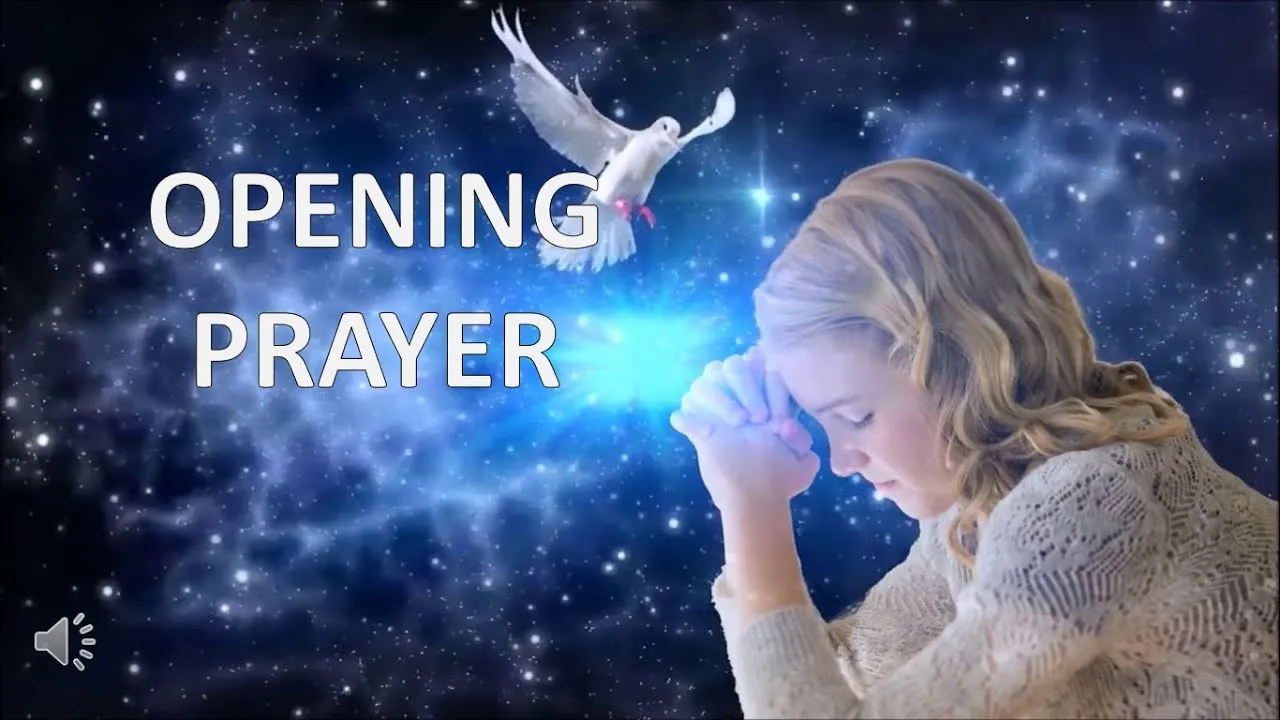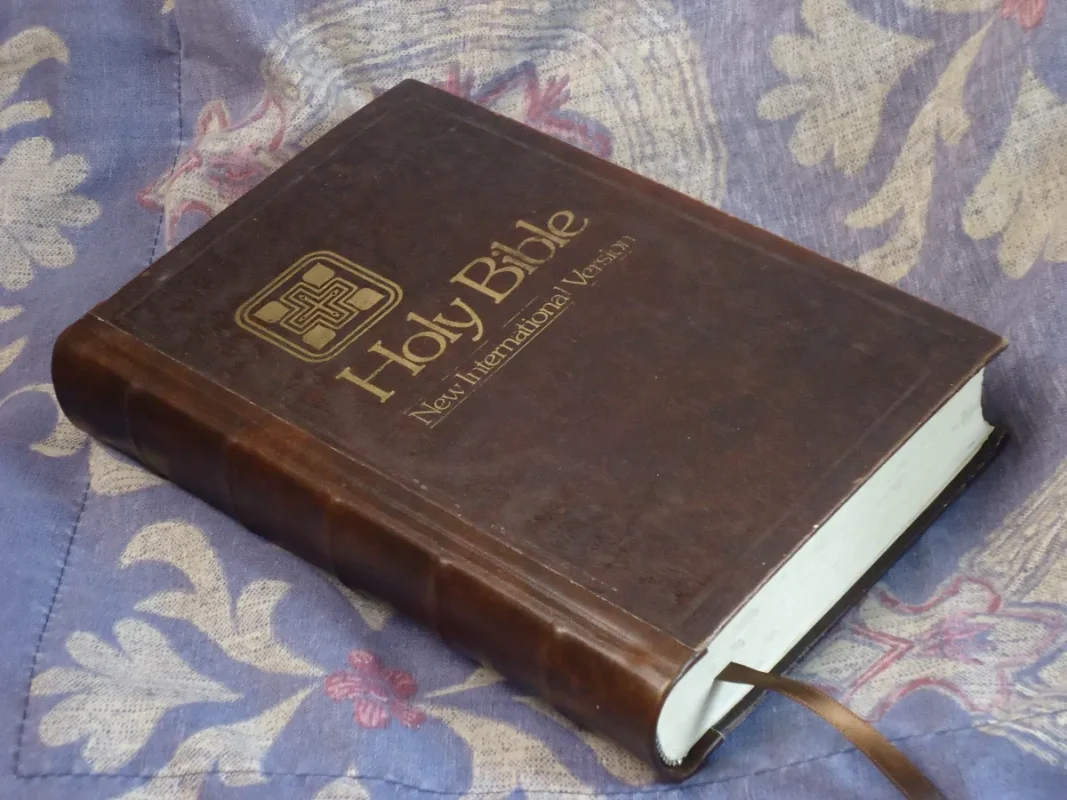Discover the Power of Prayer Openings: A Beginner’s Guide to Connecting with God
Hello and welcome to this article about prayer openings. Prayer is a vital part of Christian life and serves as a gateway to connect with God. However, many may not fully understand the purpose or significance of prayer openings.

In this article, we will discuss the importance of creating the right atmosphere for prayer, different types of prayer openings and their significance, and effective ways to lead a prayer opening. Personal experiences and testimonies are also essential in making prayer opening a powerful moment.
For those who are seeking to deepen their understanding of Christianity, this article will be an informative and educational read. So, let’s dive in and discover the power of prayer opening together.
Understanding the purpose of opening a prayer.

As a youth pastor at a Christian church, I have come across many people who are curious about the purpose of prayer opening. For those unfamiliar with Christianity, prayer is an essential part of our faith and serves as a means to connect with God.
The purpose of prayer opening is to acknowledge the presence and power of God in our lives. It allows us to express gratitude for His blessings and seek guidance in times of need. Prayer also helps us stay grounded in our faith by reminding us that we are not alone on this journey.
In addition to its spiritual significance, research has shown that prayer can have positive effects on mental health. It can reduce stress levels and improve overall well-being by providing an outlet for emotional expression.
As Christians, we believe that prayer has the power to bring about change both within ourselves and in the world around us. Through regular practice, we can develop deeper connections with God and experience transformative growth.
So if you’re curious about Christianity or simply want to learn more about its practices, exploring the purpose behind prayer opening is a great place to start!
The importance of setting the right atmosphere for prayer is paramount.
As a youth pastor at a Christian church, I can attest to the importance of setting the right atmosphere for prayer. It’s not just about closing your eyes and bowing your head; it’s about creating an environment that fosters connection with God.
One way to set the right atmosphere is through music. Worship songs can help create a sense of reverence and prepare our hearts for prayer. They allow us to focus on God and His goodness, putting aside distractions from our daily lives.
Another important factor is physical surroundings. When we pray in a quiet space without distractions or interruptions, it allows us to fully concentrate on communicating with God. Lighting candles or dimming the lights can also help create an intimate ambiance that encourages reflection and introspection.
But most importantly, setting the right atmosphere requires intentionality in our hearts as well as external factors. We need to come before God humbly, acknowledging His greatness and seeking His will above all else.
In conclusion, while there are many ways we can set up an environment conducive for prayer–from music selection down lighting choice–it ultimately boils down to having pure intentions behind everything you do when engaging with Christ Our Savior!
Different types of prayer openings and their significances.

As a youth pastor, I often get asked about the different types of prayer openings and their significance. It’s important to understand that prayer is not just about asking for things, but it’s also about expressing gratitude and surrendering to God’s will.
One common type of prayer opening is the invocation. This is when we invite God into our presence and ask Him to be with us as we pray. The significance of this opening is that it acknowledges our need for God’s help and guidance in all aspects of our lives.
Another type of prayer opening is the doxology. This involves praising God for who He is and what He has done in our lives. The significance here lies in recognizing that everything good comes from Him, which helps us cultivate a spirit of humility and gratitude.
A third type of prayer opening involves confession or repentance. This means acknowledging any mistakes or wrongdoing on our part before coming before God with requests or praise. By doing so, we demonstrate both humility and sincerity while seeking forgiveness from the One who can truly grant it.
Finally, there are silent prayers where one simply meditates on their own thoughts; these are equally significant because they allow for introspection without distraction.
In summary, understanding various types ofs praer openings allows one to approach praying with more reverence while deepening your relationship with Christ through worshipful submission . It helps Christians come closer towards possessing an attitude aligned towards serving others as well as themselves by having faith rooted within them at all times – even during tough situations!
How to effectively lead an opening prayer.
As a youth pastor at a Christian church, leading an effective prayer opening can be both intimidating and rewarding. The first step to leading a successful prayer is to center yourself in the presence of God. Take deep breaths, calm your mind and focus on your intention for the opening.
Next, it’s important to acknowledge the purpose of this gathering and set expectations for what you hope attendees will gain from participating in the prayer. This could include asking them to open their hearts and minds or simply inviting them into a space of gratitude.
As you lead the actual prayer, keep in mind that it’s not about perfection or eloquence; rather it’s about being genuine with your words. Speak from your heart as though talking directly with God himself – using simple language that everyone can understand.
Remember too that silence is powerful – don’t be afraid of pausing during prayers when appropriate as this allows time for people to reflect on their own thoughts without distractions.

Finally conclude by thanking everyone who has participated in this special moment together before they go back out into their day-to-day lives feeling more connected spiritually than ever before!
Incorporating personal experiences and testimonies in prayer openings.
As a youth pastor, I have seen firsthand the power of incorporating personal experiences and testimonies in prayer opening. It is an effective way to connect with God on a deeper level and share our faith with others.
When we open our hearts to God through prayer, we invite Him into our lives and allow Him to work through us. Sharing personal experiences and testimonies allows us to express gratitude for His presence in our lives and illustrate how He has helped us overcome challenges or achieve success.
Furthermore, sharing these stories can inspire others who may be struggling or seeking guidance in their own spiritual journey. It can provide comfort knowing that they are not alone in their struggles and that God is always there for them.
Incorporating personal experiences also helps foster a sense of community within the church. By sharing vulnerable aspects of ourselves, we create an environment where people feel comfortable being themselves without fear of judgment or rejection.

In conclusion, incorporating personal experiences and testimonies in prayer openings can deepen one’s relationship with God while also creating a supportive community within the church. As youth pastors, it is important for us to encourage this practice among members as it fosters growth both spiritually and personally.
Conclusion
Having a strong foundation in the purpose, atmosphere and techniques of prayer opening can be an invaluable resource for anyone trying to learn more about Christianity. It is important to remember that your personal experiences and testimonies can also make effective additions when leading a prayer opening. To further explore these topics and gain insight into more Christian practices, join us at our church!
















